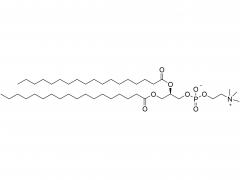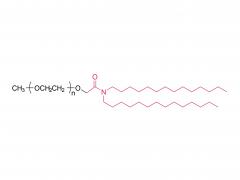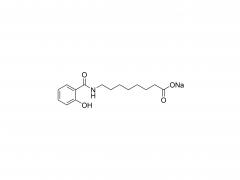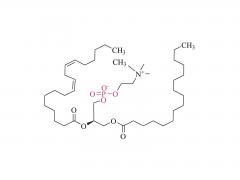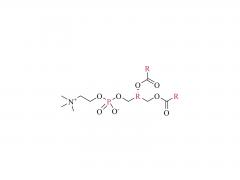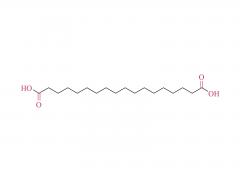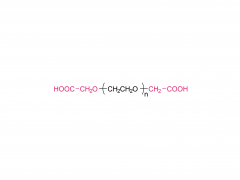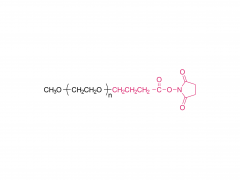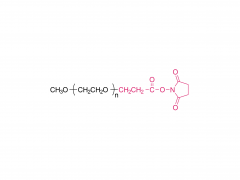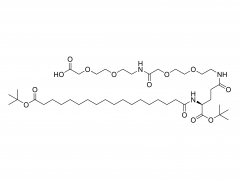Biosens Bioelectron. 2019 Sep 15:141:111477. doi: 10.1016/j.bios.2019.111477. Epub 2019 Jun 25. Novel thiolated-PEG linker molecule for biosensor development on gold surfaces Abstract The surface modifying linker molecules can directly influence the performance and longevity of biosensors. They must allow the attachment of biological recognition layer on the sensor surface, as well as the protection of the surface from fouling effects. Recent advances in this field identified several key factors that can increase the efficiency, stability and the anti-fouling effect of a layer formed by surface modifying linker molecules. Herein, this work presents a simple synthetic procedure, characterization, and application of a novel thiolated-PEG surface modifying molecule (DSPEG2) that could act as a multi-purpose linker for gold surfaces. The analyses of the molecular spatial distribution of DSPEG2 on gold surfaces were performed using time-of-flight secondary ion mass spectrometry (TOF-SIMS) imaging and X-ray photoelectric spectroscopy (XPS). The immobilization of DSPEG2 on gold surfaces was examined using cyclic voltammetry (CV), electrochemical impedance spectroscopy (EIS) and surface plasmon resonance (SPR). Our preliminary results demonstrated that DSPEG2 is a promising novel linker molecule that can be applied in a wide range of biosensors based on gold surfaces. Keywords: Anti-fouling; Biosensor; Cyclic voltammetry; Electrochemical impedance spectroscopy; Non-specific adsorption; PEG; Surface plasmon resonance; Synthetic linker.
View More






